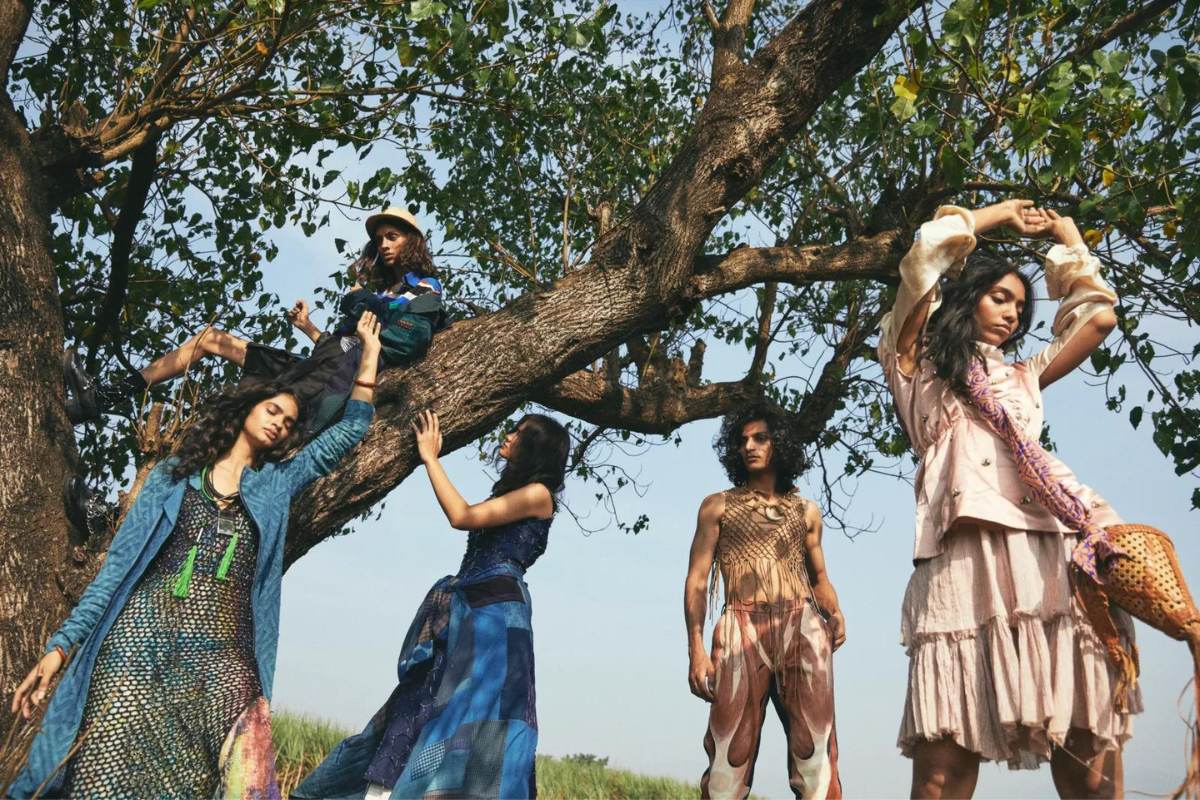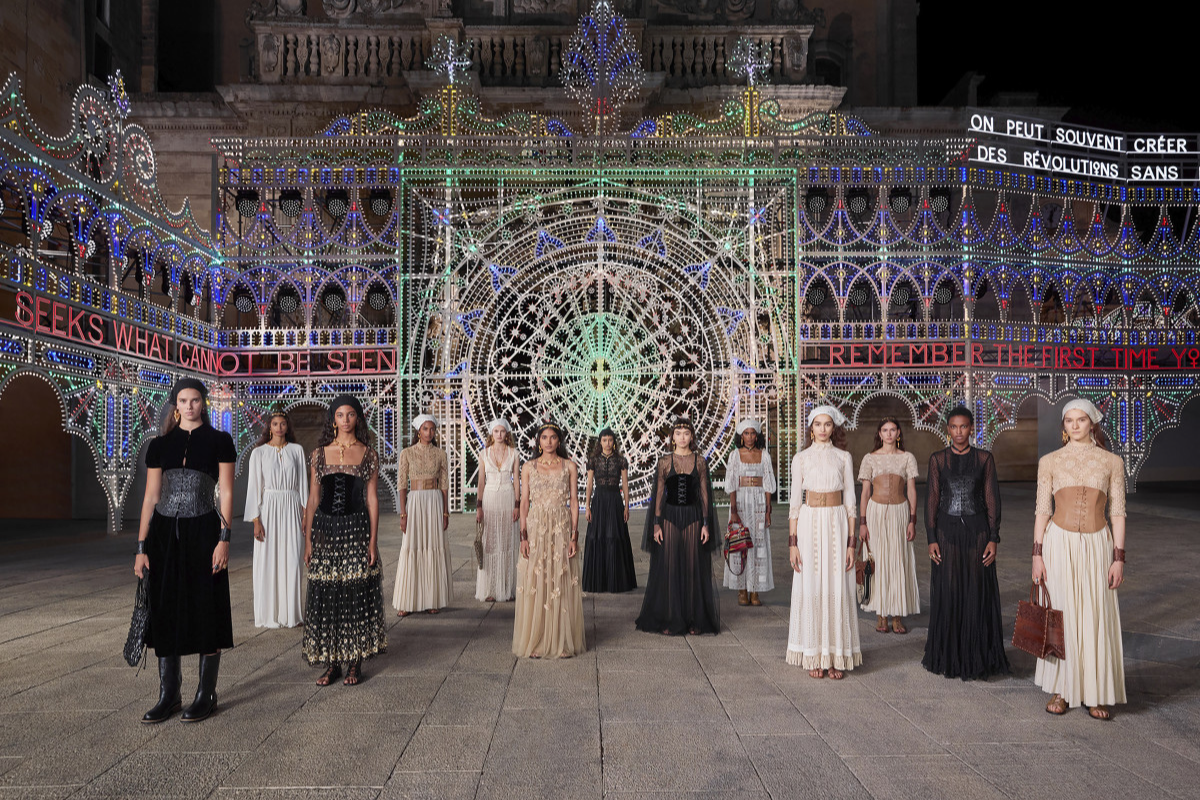The rise of “all-in-one” fashion brands, offering clothing, accessories, and sometimes even experiences, presents a unique conundrum for the tourism industry. While such brands can cater to the convenience-seeking tourist, their impact on tourist satisfaction and the overall travel experience remains a complex and multifaceted issue.

Photo: Vogue
Fashion tourism, where travel revolves around shopping for clothing and accessories, is a booming industry. Tourists, especially millennials and Gen Z, are increasingly drawn to destinations with diverse offerings, convenience, and a unique shopping experience. In this scenario, “all-in-one” fashion brands, housing various labels or catering to a broad range of styles under one roof, are gaining significant traction.
All-in-one fashion brands for tourists: Convenience and streamlining the shopping experience
Imagine arriving in a bustling city with limited time and a desire to refresh your wardrobe. Navigating unfamiliar streets and hopping between countless stores can feel overwhelming. Enter the “all-in-one” fashion brand, your one-stop shop for diverse needs. These brands offer a vast selection under one roof, encompassing everything from casual wear and accessories to formal attire and travel essentials. This eliminates the need to spend precious vacation time scouring the city for individual stores, allowing you to browse, compare, and complete your shopping efficiently. You can maximize your time exploring the city’s cultural gems and local experiences, all while sporting a stylish and updated wardrobe.
For tourists, especially those venturing into unfamiliar cultural territories, navigating local fashion scenes can be daunting. Language barriers, different sizing systems, and unfamiliar aesthetics can create a sense of unease. “All-in-one” brands housing familiar international names offer a sense of comfort and predictability. Tourists are already acquainted with the brand’s offerings, trusting the quality, style, and sizing they’ve experienced in their home countries. This familiarity eliminates uncertainty and allows them to navigate the shopping experience with confidence, freeing them to focus on discovering new cultural treasures.

Photo: Top Lifestyle Hub
While some “all-in-one” brands offer a globalized selection, others cater specifically to the tourist experience. These brands curate collections inspired by the local trends, colors, and cultural elements of their destination. This allows tourists to effortlessly acquire souvenirs or clothing pieces that capture the essence of the place they’re visiting. Imagine finding a beautifully crafted scarf featuring traditional patterns or a stylish dress designed using local fabrics – these curated offerings become more than just clothes; they transform into tangible memories of the unique culture and aesthetics encountered during the trip.
In today’s digitally connected world, “all-in-one” brands often provide a seamless blend of online and physical shopping experiences. Tourists can research and browse collections online before arriving at their destination, allowing them to identify potential purchases and prepare shopping lists. This pre-shopping saves valuable time in the store, allowing them to focus on trying on clothes and making informed choices with less hassle. This integrated approach caters to the modern tourist’s desire for convenience and efficiency, ensuring a smooth and enjoyable shopping experience throughout their journey.
Beyond convenience: The drawbacks of “all-in-one” fashion brands for tourists
While “all-in-one” brands offer convenience and variety, their presence can also come with drawbacks that negatively impact tourist satisfaction and the overall tourism experience.

Photo: Fashionista
One of the major concerns is the homogenization of cultural experiences. The widespread presence of these same brands across various tourist destinations can create a feeling of uniformity, eroding the unique cultural identities and diverse styles that contribute to a destination’s charm. Tourists visiting different locations might encounter the same brands and products, diminishing the sense of discovery and the unique character that often draws travelers to specific destinations. This can lead to a feeling of genericness, where the act of shopping becomes the same irrespective of the location, stripping away the cultural immersion that tourists seek.
The dominance of “all-in-one” brands can unintentionally overshadow local designers and independent stores, hindering tourists’ opportunities to discover authentic and unique fashion expressions specific to the destination they are visiting. These smaller businesses often offer handcrafted pieces, traditional designs, and locally sourced materials, all of which provide a deeper connection to the local culture and its creative spirit. Tourists seeking an authentic connection with the destination might feel disappointed by the lack of such offerings in these large stores, missing out on the opportunity to support local businesses and experience the true essence of the local fashion scene.
While some “all-in-one” brands offer culturally inspired collections, others might resort to generic designs lacking the depth and genuineness of locally produced garments. These generic designs are often mass-produced and may not accurately reflect the traditions, techniques, and aesthetics specific to the destination. This can leave tourists feeling like they are purchasing generic souvenirs rather than authentic pieces that embody the true spirit of the place. They might miss out on the opportunity to acquire unique items that tell a story about the place they visited and its cultural heritage.

Photo: The Fashion Brand
Tourists who solely rely on “all-in-one” brands for their shopping needs might contribute less to the local economy. Supporting local businesses, on the other hand, distributes income more broadly within the community, contributing to the livelihood of local artisans, designers, and shopkeepers. This fosters the preservation of traditional crafts, local production practices, and ultimately, the cultural heritage of the destination. By bypassing local businesses, tourists unintentionally restrict the economic benefits of tourism, potentially harming the very unique aspects that drew them to the destination in the first place.
All-in-one fashion brands unquestionably offer convenience and ease for tourists. However, their impact on tourist satisfaction is a double-edged sword. While they can contribute to a smooth travel experience, their potential to homogenize cultural experiences and diminish the economic impact on local communities necessitates a more nuanced approach. By promoting collaboration, highlighting local businesses, and prioritizing cultural authenticity, all-in-one brands can play a more positive role in shaping tourist satisfaction and fostering a richer travel experience.

